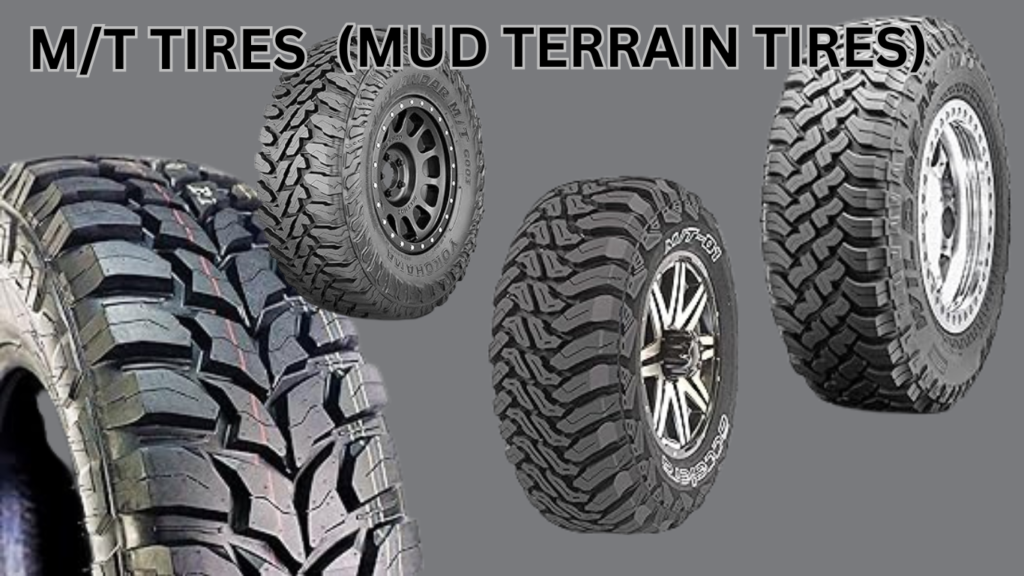Off-road driving is an exhilarating way to explore the unbeaten path, but venturing into this adventurous activity requires knowledge, preparation, and respect for the outdoors. Whether you’re aiming to traverse rocky terrains or navigate through muddy trails. Understanding off-road driving basics is essential for a safe and enjoyable experience. Let’s dive into the essentials of off-roading, ensuring you’re well-equipped for your next outdoor adventure!

Let’s Get Started
Before hitting the trails, familiarizing yourself with the off-road community can provide valuable insights and opportunities for learning. Engaging with vehicle-specific forums, joining local off-road clubs, and participating in manufacturer-hosted events like Jeep Jamborees or Land Rover Experiences can offer hands-on learning and connect you with experienced off-roaders. It’s also a good idea to take your vehicle out in its stock form to understand its capabilities before considering any modifications.
Beginners’ Off-Road Mods
The most recommended initial modification for off-road newbies is upgrading to mud-terrain or off-road specific tires. Which significantly improve traction on uneven terrain. While larger tires may seem appealing, they often require additional modifications, such as lifting your vehicle, which can impact other components. Careful planning and research, preferably through forums specific to specific vehicles, are crucial to ensuring any modifications enhance your off-roading experience without compromising vehicle integrity.

Finding Off-Road Trails
Seek out off-road parks, national forests, and Bureau of Land Management (BLM) properties, as these locations offer legal trails ranging from beginner to advanced levels. Trail guides and websites are also excellent resources for finding off-road trails, providing detailed maps, coordinates, and background information on various paths.
Websites
What to Take with You.
Preparation is key for any off-road adventure. Basic requirements for organized trail runs include front and rear recovery points, a tow strap, a roll bar/cage, a jack, a basic tool set, a fire extinguisher, communication devices, and a full-size spare tire. For more challenging trails, additional gear such as a winch, lockers, and a hi-lift jack might be necessary. Don’t forget essentials like heavy work gloves, a flashlight, a shovel, a first aid kit, and sufficient food and water.
To see some of the gear that can be used for off-road check out our blog “What is Off-Roading?“
Off-Road Driving Tips and Tricks for Your First Trip
Start with easier trails to familiarize yourself with off-road driving conditions. Gravel, dry dirt, and grasslands offer a beginner-friendly introduction. While sand dunes and mud require intermediate skills. This can include tire deflation for better traction in sand and cautious driving in mud to maintain control.
Off-roading is not just about conquering tough terrain; it’s about enjoying the journey and respecting nature. Always remember to tread lightly and leave no trace, ensuring the trails and natural habitats remain unspoiled for future adventurers. (Pack Out What You Pack In)
Embrace the world of off-road driving with enthusiasm and respect. Prepare adequately, connect with the community, let someone know the area you plan to go to, and always prioritize safety. Happy trails!